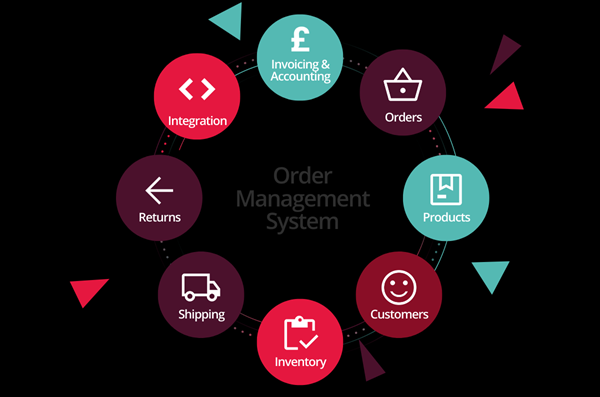Success in the fast-paced world of e-commerce and retail hinges largely on efficient catalogue and order management. These two elements serve as the backbone of any company, dictating how products are presented to consumers and how orders are processed and fulfilled. Whether for small businesses or large corporations, the effective handling of catalogues and orders can either propel operations forward or stifle growth.
This paper explores the significance of Catalogue Management and Order Management systems and their role in streamlining business processes.
Catalogue Management:
Catalogue management involves the creation, organization, and maintenance of product listings. It encompasses tasks such as pricing control, image uploading, writing product descriptions, and categorizing products. A well-organized catalogue not only enhances the browsing experience for customers but also facilitates efficient order management. Key features of catalogue management include:
Consistency of Product Information: Consistency is crucial in building consumer trust. Catalogue management systems ensure that product details—such as descriptions, features, and pricing—are uniform across all online platforms, from websites to marketplaces and social media channels.
SEO/ Search Engine Optimization: Optimizing product listings for search engines is vital for increasing online visibility. Catalogue management systems enable businesses to improve search engine rankings by incorporating relevant keywords, refining product titles and descriptions, and utilizing structured data markup, thereby driving organic traffic to their online stores.
Order Management:
Order management encompasses the entire process of receiving, organizing, and fulfilling customer orders. Here’s why it plays a pivotal role:
Efficiency: Manual errors and delays in order processing can lead to dissatisfied customers and missed revenue opportunities. Order management systems automate order handling from capture to delivery, reducing processing times and enhancing accuracy.
Inventory Management: Efficient order processing is closely tied to inventory control. Integration of order management systems with inventory tracking software allows businesses to maintain optimal stock levels, minimize stockouts, and avoid overstocking, thereby reducing holding costs and maximizing revenue.
Streamlined Operations: Order management systems simplify the fulfillment process by providing real-time insights into order statuses, inventory levels, and shipping logistics. Features like order tracking and shipment alerts keep customers informed about the status of their orders, fostering loyalty and satisfaction.
Enhanced Customer Service: Robust order processing systems empower customer service teams to provide timely and accurate support. Access to order data and shipment tracking enables businesses to proactively address issues, thereby nurturing strong customer relationships and positive word-of-mouth.
Integration and Synergy: While catalogue management and order management serve distinct functions, they are intricately interconnected within a unified system. Seamless integration of these technologies minimizes manual intervention, enhances operational efficiency, and provides a holistic view of the business. For example, an order management system can automatically update inventory levels and set reorder points based on customer orders, ensuring continuous product availability.
Conclusion:
In today’s competitive market landscape, efficient order handling and cataloguing are indispensable to modern business operations. Investing in robust systems and processes not only simplifies operations but also enhances the overall customer experience, from optimizing product displays to expediting order processing. The benefits of effective catalogue and order management extend far beyond operational efficiency they pave the way for sustained success and profitability in the long term.

Leave a Reply